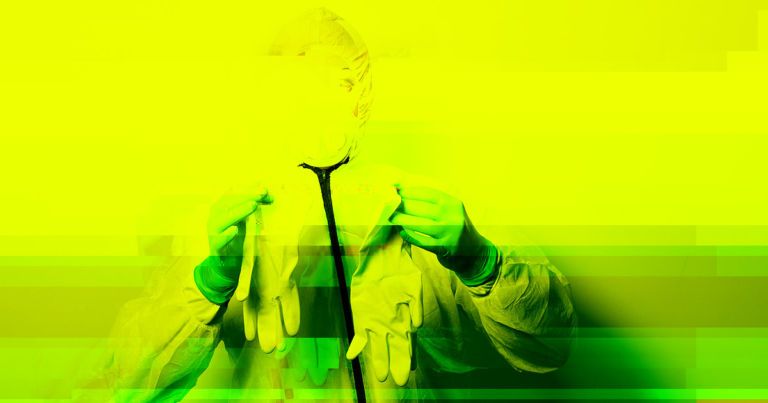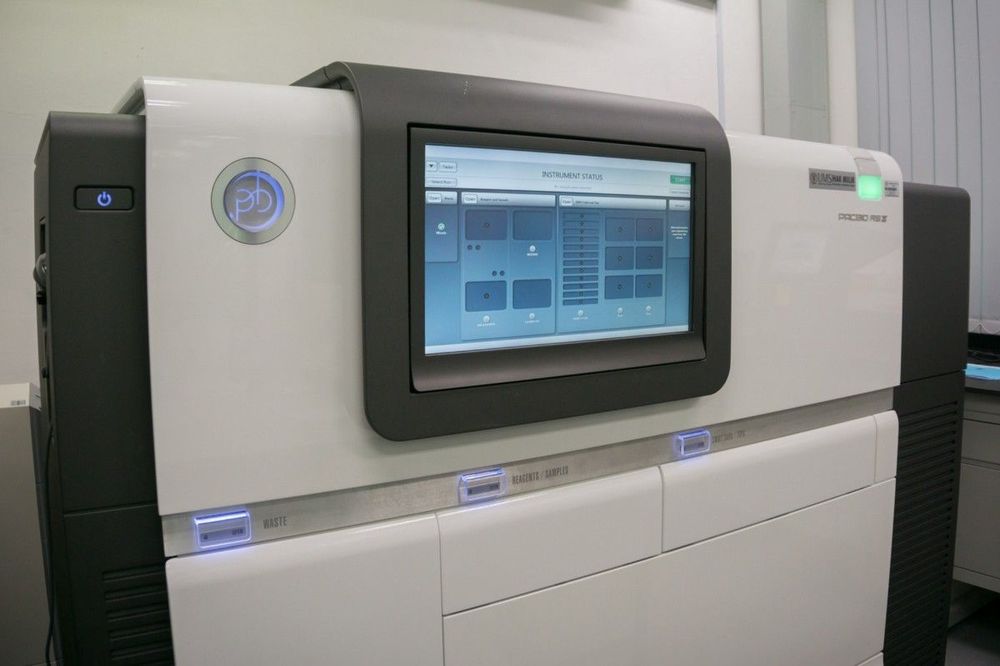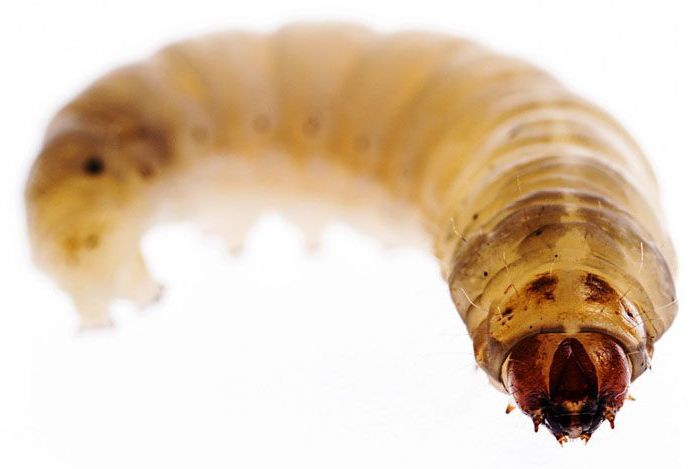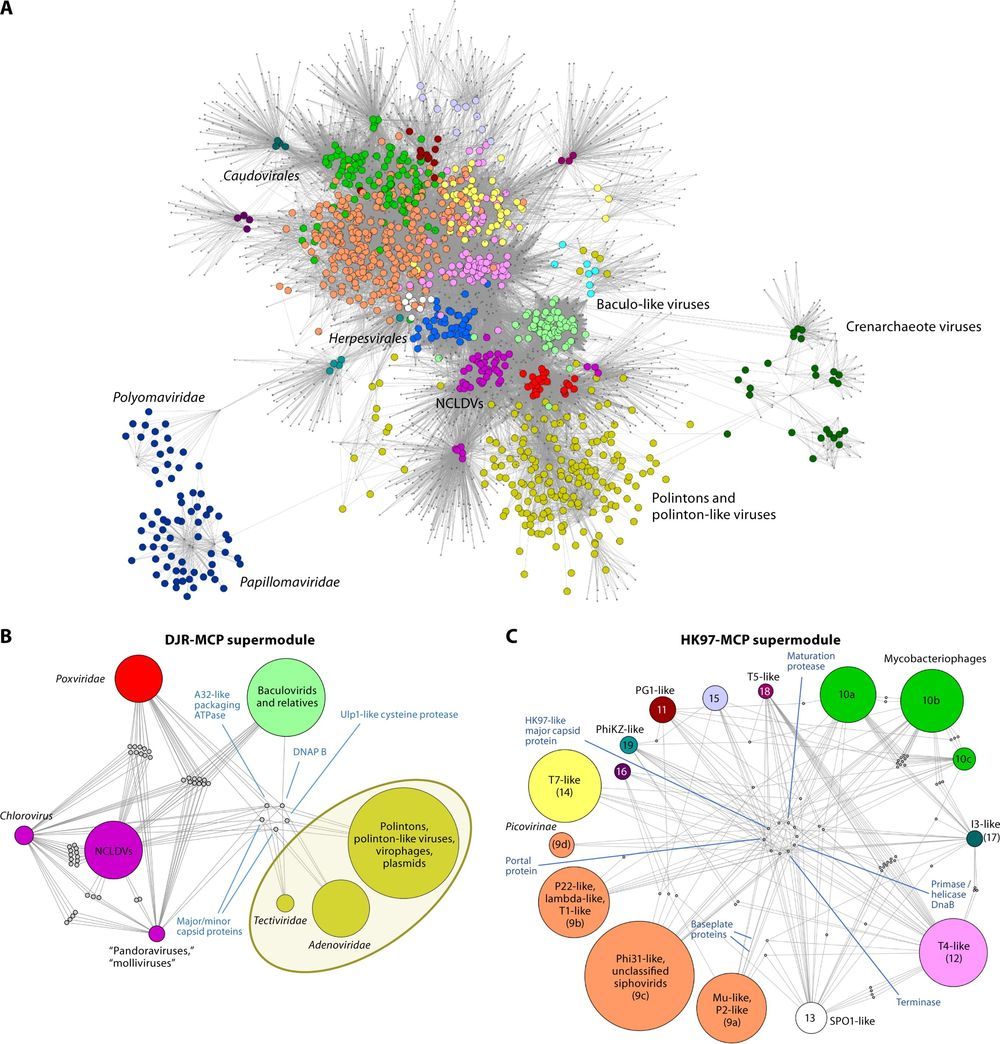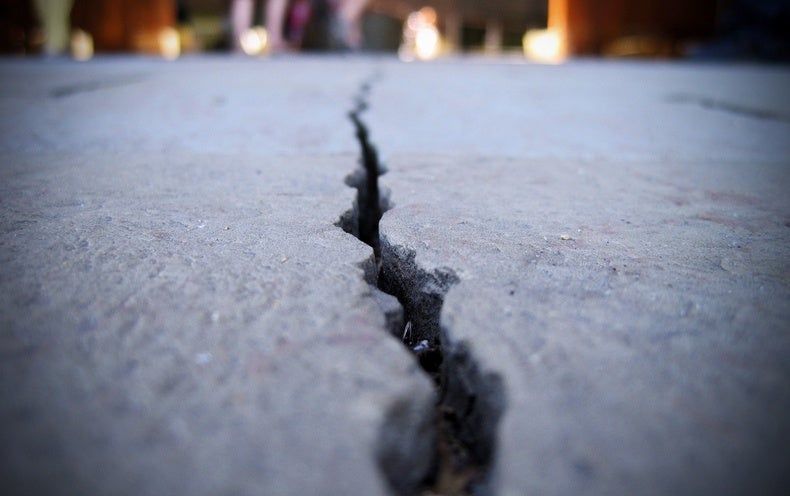Mar 5, 2020
CRISPR Scientists Hack Patient’s Genes in Bid to Cure Blindness
Posted by Brent Ellman in categories: biotech/medical, genetics, health
For the first time, doctors have attempted to cure blindness by gene-hacking a patient with CRISPR technology.
A team from Oregon Health & Science Institute injected three droplets of fluid that delivered the CRISPR DNA fragments directly into a patient’s eyeball, The Associated Press reports, in hopes that it will reverse a rare genetic condition called Leber congenital amaurosis, which causes blindness early in childhood.
“We literally have the potential to take people who are essentially blind and make them see,” Charles Albright, chief scientific officer of Editas Medicine, told the AP. Editas is one of the biotech companies that actually developed the treatment. “We think it could open up a whole new set of medicines to go in and change your DNA.”

